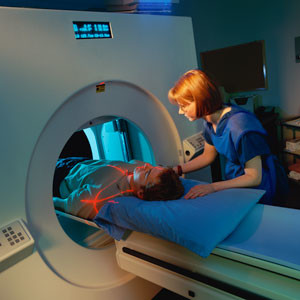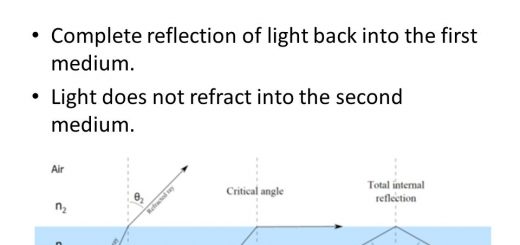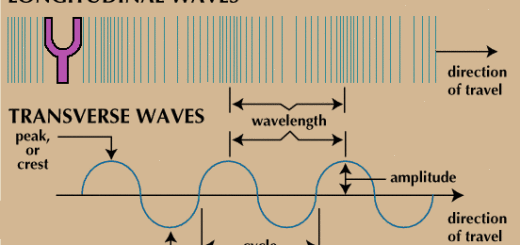The importance of ultrasonic waves in medical diagnosis
Medical diagnosis
Ultrasonic waves are used nowadays in many medical investigations and laboratory tests such as detecting the sex of the embryo and his health state, This process depends on the ability of different parts of the body to reflect ultrasonic waves.
Ultrasonic waves are used to examine the heart and the circulatory system, and it provides important information about their structure and function, Ultrasonic waves are used to determine soft-tissue injury such as nerve damage and it can be used to determine the tumors growing on a tendon.
Ultrasonic waves images can measure the chambers of the heart, and it can visualize the valve abnormalities as well as evaluate the efficiency of the heart in pumping blood to the rest of the body.
Ultrasonic waves can help in early detection by determining the presence or risk of heart disease, Ultrasonic waves are used to detect hydrocephaly (water on the brain), and the intracranial hemorrohage ( the bleeding in the skull).
The physician may use ultrasonic waves to examine a child’s gastrointestinal tract for signs of appendicitis or a baby’s bone structure for alignment problems like congenital hip dislocation .
Ultrasonic waves are used in visualizing the internal body structures including the muscles, the tendons , the joints , the vessels, and the internal organs, Ultrasonic waves are used in examining the pregnant women which is called the obstetric sonography to check on the development of the fetus.
Ultrasonic waves are used as an alternative to x-ray imaging in detecting the fractures of the wrist, elbow and shoulder for patients up to 12 years (Fracture sonography).
The advantages and disadvantages of ultrasonic waves in detecting industrial defects
The echo (the sound reflection) and conditions necessary for hearing the echo
The effect of echo in locating the position of surfaces and barriers
The concentration of sound and importance of echo (sound reflection) in our life




